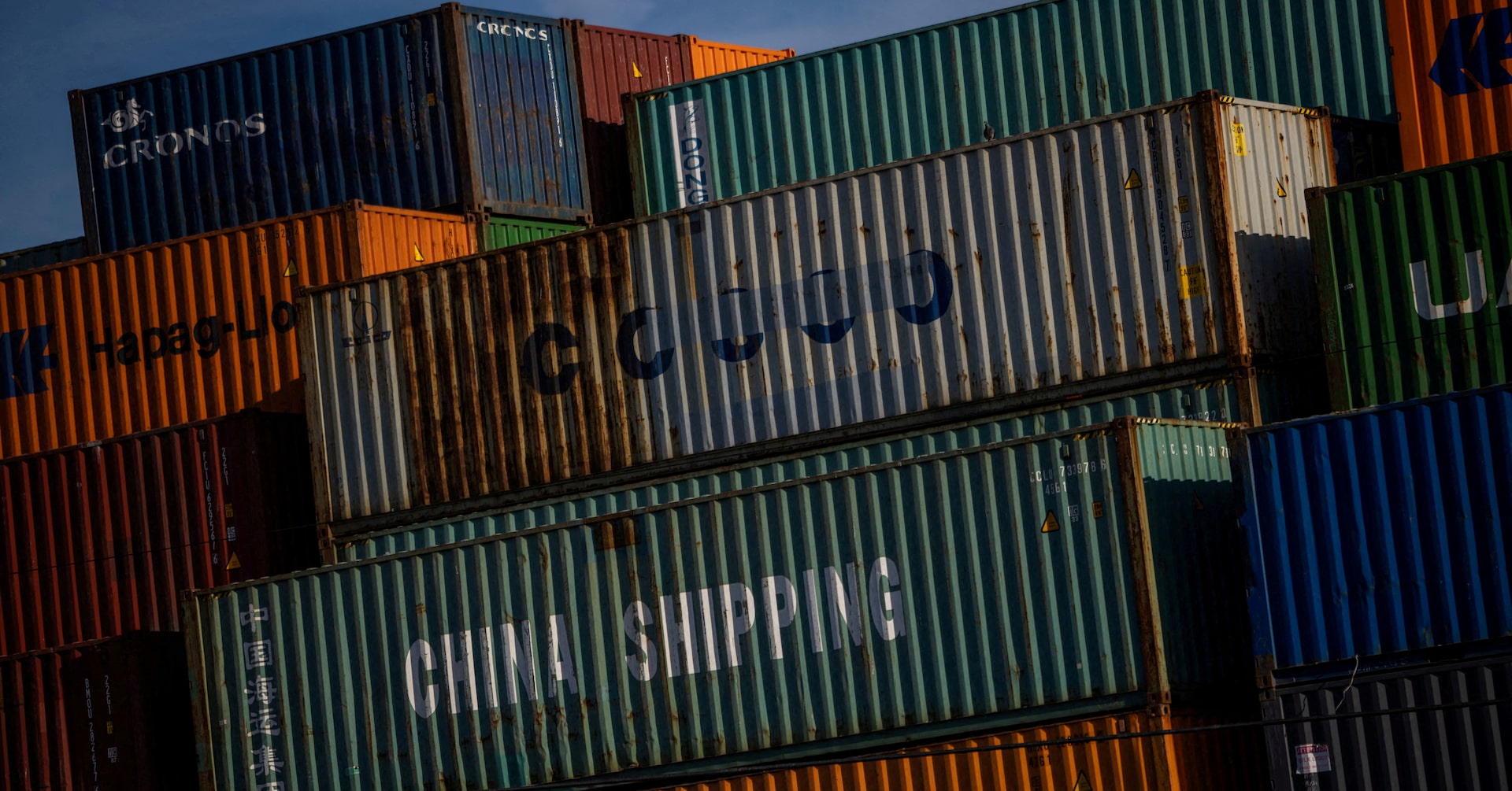Trade War Tensions: US Exports Face Potential Nosedive, Business Leaders Warn

In a significant blow to American exporters, Chinese retaliatory tariffs have skyrocketed to a staggering 125% on U.S. goods, potentially jeopardizing hundreds of thousands of American jobs. The U.S.-China Business Council revealed this alarming development on Tuesday, highlighting the escalating economic tensions between the two global superpowers.
The massive tariff increase targets American exports valued at $140.7 billion from the previous year, casting a dark shadow over industries that have long relied on the Chinese market. This punitive measure threatens to disrupt intricate trade networks and could lead to substantial economic repercussions for U.S. businesses and workers.
The unprecedented tariff rate effectively makes many American products prohibitively expensive in the Chinese market, potentially forcing companies to reconsider their international trade strategies and potentially leading to significant job losses across multiple sectors.
